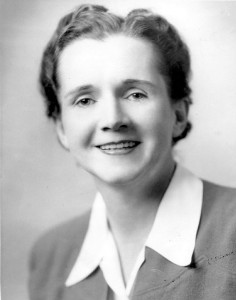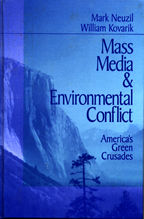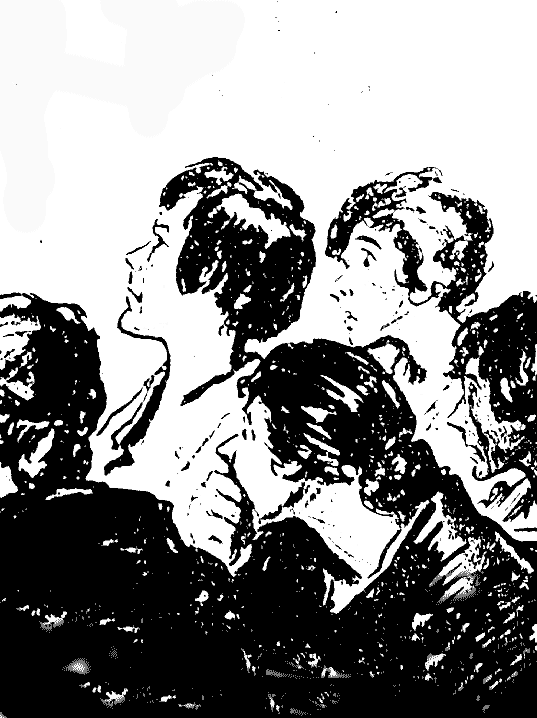By Bill Kovarik
They say that American Southerners are a lot like Japanese people – they drink a lot of tea, they eat a lot of rice, and they worship their ancestors.
Maybe that’s why the Confederate defenders today remind me of Hiroo Onoda, who died last year in Tokyo. Onoda was the Japanese Army officer who refused to surrender in 1945, at the end of World War II, and fought on in the remote jungles of the Philippines until 1974.
The way they finally got Hiroo Onoda to surrender was to send his former commanding officer to the Philippines with a formal order telling him to cease all military activities.
Would that work, here in the former Confederate States of America?
Well, OK, here goes:
As a descendant of a Confederate colonel who perished in the Civil War, also known as the Recent Unpleasantness and the War of Northern Aggression, I hereby order all descendants of Confederate veterans to cease all military and civic hostilities after the 150th anniversary of the surrender: April 12, 2015.
There. That should do it.


 Two weeks in the Maine woods, and my morning commute is remarkable: I walk down a short gravel road to a pathway, then amble a mile to work through tall hemlocks and oaks. Mid-way, I mosey slowly across a long wooden bridge — the product of 20 years effort, I’m told. I have to stop and watch Sandy Stream as it meanders down to the great green Atlantic, reflecting my world like a lady with a liquid mirror.
Two weeks in the Maine woods, and my morning commute is remarkable: I walk down a short gravel road to a pathway, then amble a mile to work through tall hemlocks and oaks. Mid-way, I mosey slowly across a long wooden bridge — the product of 20 years effort, I’m told. I have to stop and watch Sandy Stream as it meanders down to the great green Atlantic, reflecting my world like a lady with a liquid mirror.


 Revolutions in Communication
Revolutions in Communication Mass Media & Environmental Conflict
Mass Media & Environmental Conflict